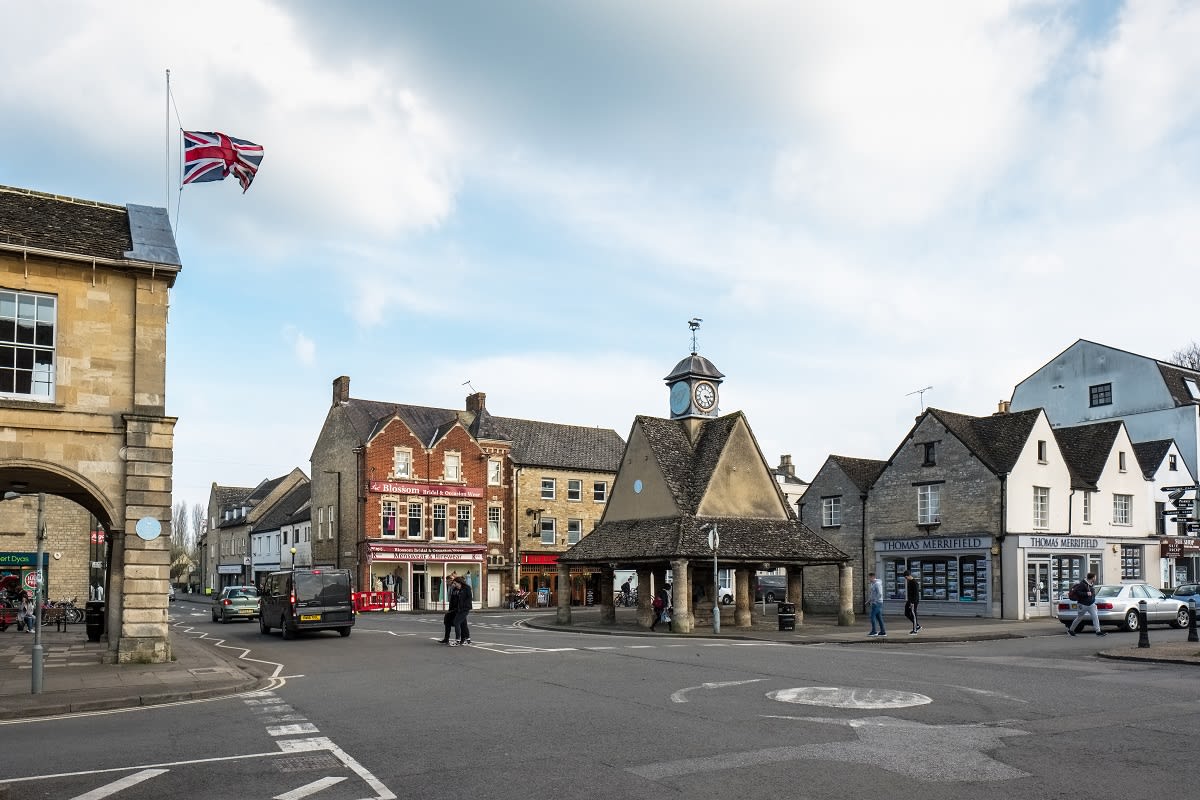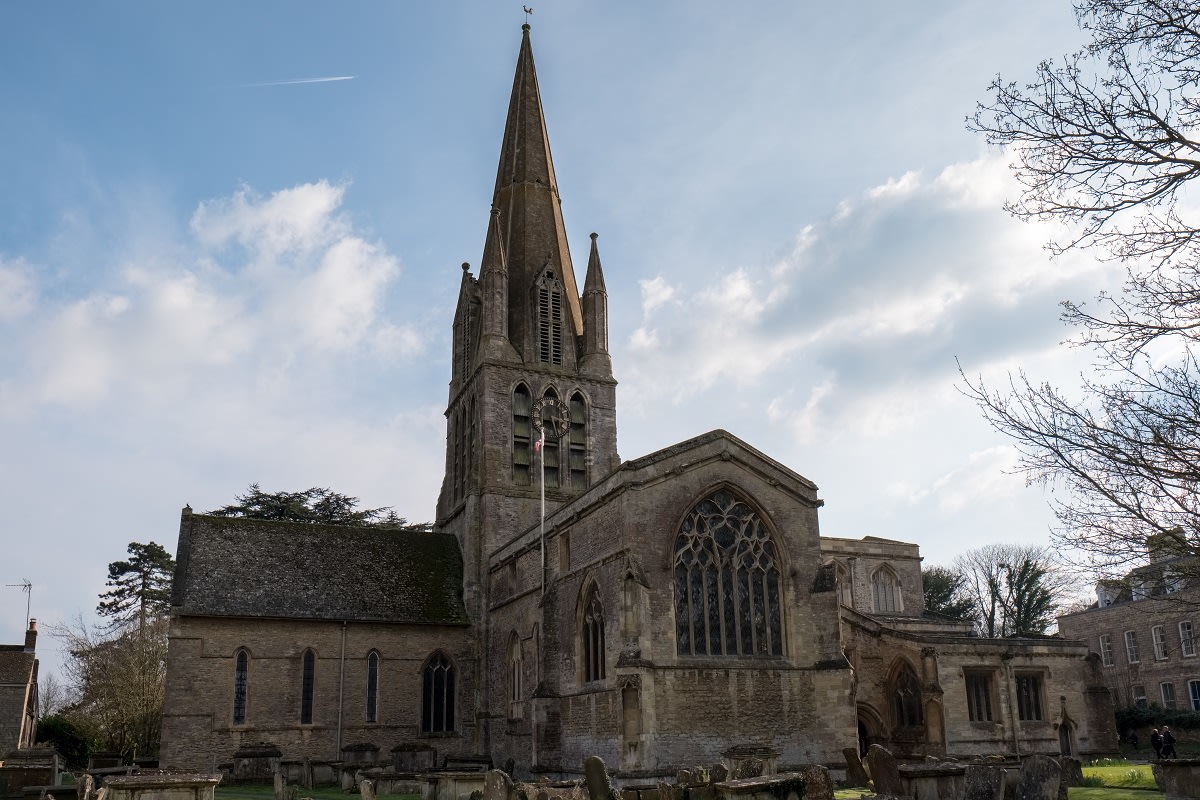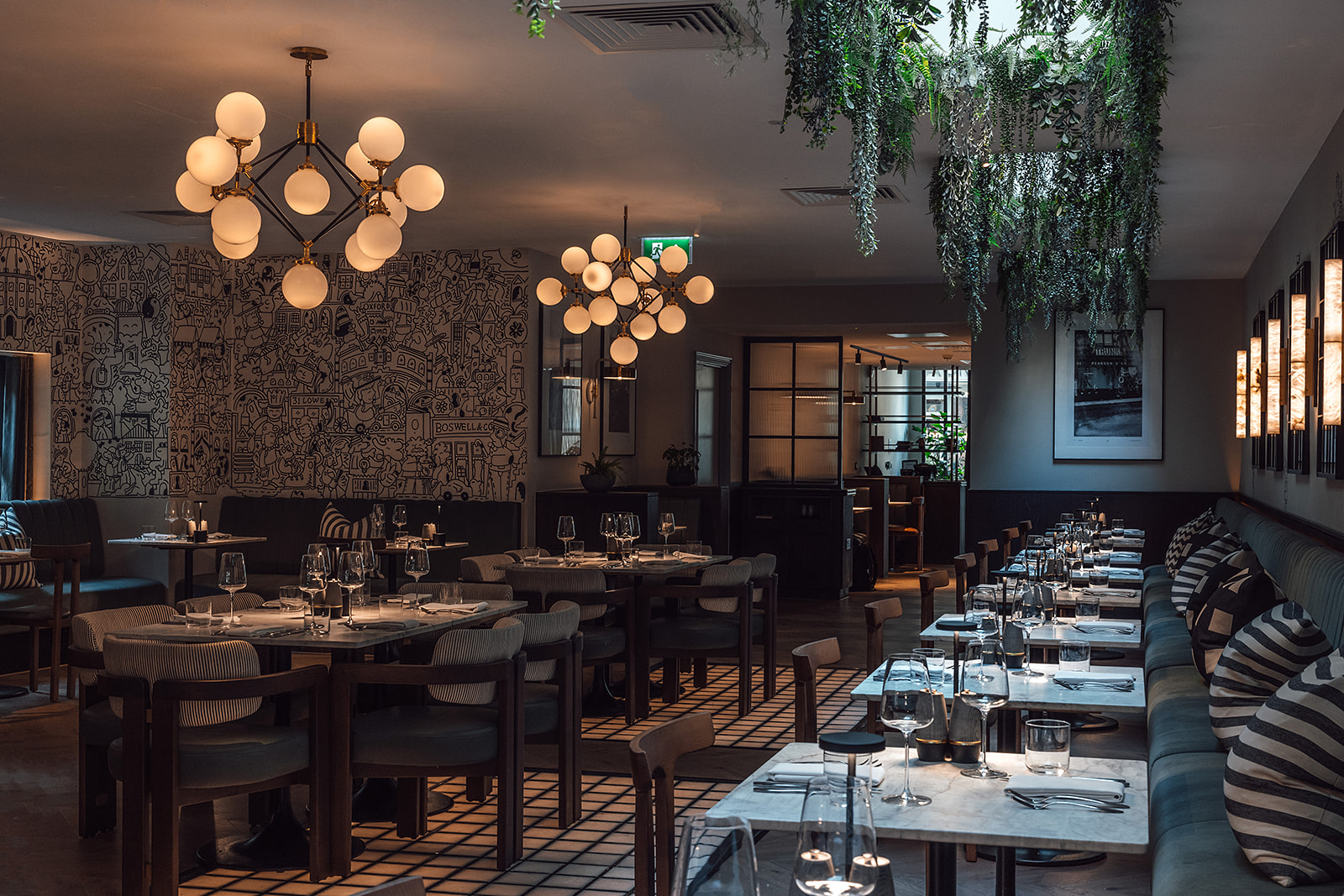Join us on a sojourn down the River Windrush, as in this edition we’re celebrating the ancient and wonderful town of Witney – or Wyttannige, or Witenie, depending on whether I’m speaking to you in 2019, 969, or 1086. If I’m able to brazenly assume that most of our readers are neither Saxon peasants nor Norman settlers, I’ll be sticking with Witney if that’s alright with you. The history of Oxfordshire’s fifth largest town (I know, what an honour) is rich and noteworthy – take a moment to learn just a little of Witney’s 1,050-year past.
We begin back in the Wyttannige era, when the settlement was recorded as such in a Saxon charter. It seems to have been used mostly as a meeting place for the king’s council, and was owned by the royal estate. It was passed over into private hands 100 years later, when ownership was transferred to the Bishops of Winchester. By the time the town was recorded in the Domesday Book, in 1086, its spelling had shifted to Witenie.
The still-resplendent St Mary’s Church, at the top of Station Lane, dates back to the late 12th century, but was rebuilt in its current, English Gothic style – with its spectacular 150ft spire – around 50 years later. Witney’s market, which still trades to this day, similarly dates back to the Middle Ages. Its location at the ‘buttercross’ is so called because the people of surrounding towns and villages would congregate around its steps to exchange butter and eggs.
Fast-forward to the 17th century, and Witney’s population begins to grown in earnest, due to its thriving wool trade; towards the end of the era, more than 3,000 people were involved in the trade of blankets alone. Woolgate Shopping Centre serves as a reminder of those days, where Witney’s reputation as centre of high-quality woolen goods came into being. At the time, rumour had it that the secret to its exceptional blankets was the water used to produce the goods, drawn from the River Windrush. I’m not sure how this worked, but there you are. Similarly famous, believe or not, were Witney’s mops, which at one point were found aboard every ship in the British Navy.
Witney’s fame as an industry town may have declined in recent centuries, but the town still produces an anomalous number of renowned and talented people. Black Mirror actor Gugu Mbatha-Raw grew up in Witney and went to Henry Box School, and Green Party politician Larry Sanders – brother of Bernie – moved to the town in the late sixties. What’s more, due to the historical developments I’ve mentioned above, Witney enjoys exceptional heritage status, and nowadays hosts a wealth of fabulous attractions. Like these, for example...
Best of Witney
...to eat
The Ferryman Inn’s 40 seater restaurant offers great traditional pub food in an idyllic setting looking out across the river. Delicious Sunday lunches are available every Sunday throughout the year.
...to drink
Witney sisters Kim and Debbie opened the The Shake Shop in 2011. Alongside its very popular shakes and smoothies, you will find hot chocolate and coffees, seasonal specials plus American and old-fashioned sweets.
…to shop
Woolgate Shopping Centre is based in the heart of Witney town centre, featuring a huge range of popular high street brands, and some local traders from the country town.
...for the family
Just outside Witney, in Brize Norton, lies Crocodiles of the World. With underwater viewing, talks, animal encounters and feeds throughout the day, there’s plenty to keep you occupied at the UK’s only Crocodile Zoo.
...to stay
The Fleece’s newly refurbished ten bedrooms are stylish, sleek and comfortable, with most located above the pub, with some across in its cottage. The pub is perfectly located for leisure breaks in Oxfordshire and the Cotswolds.










